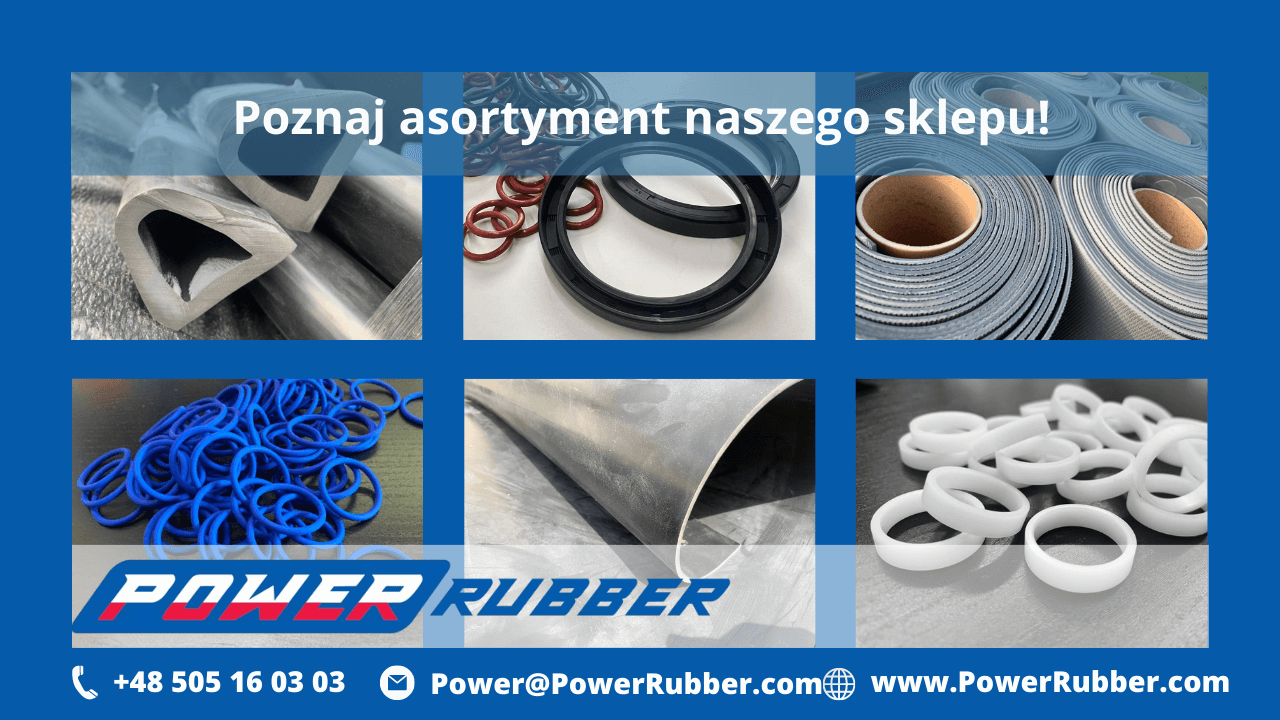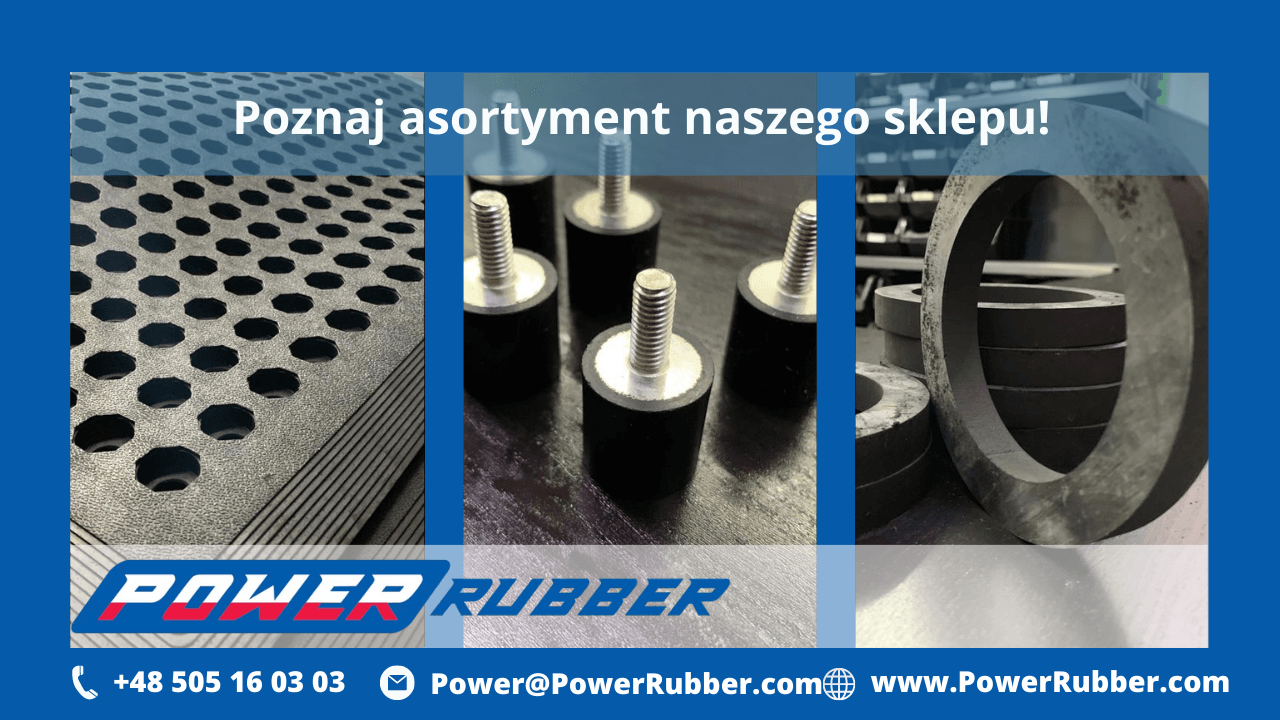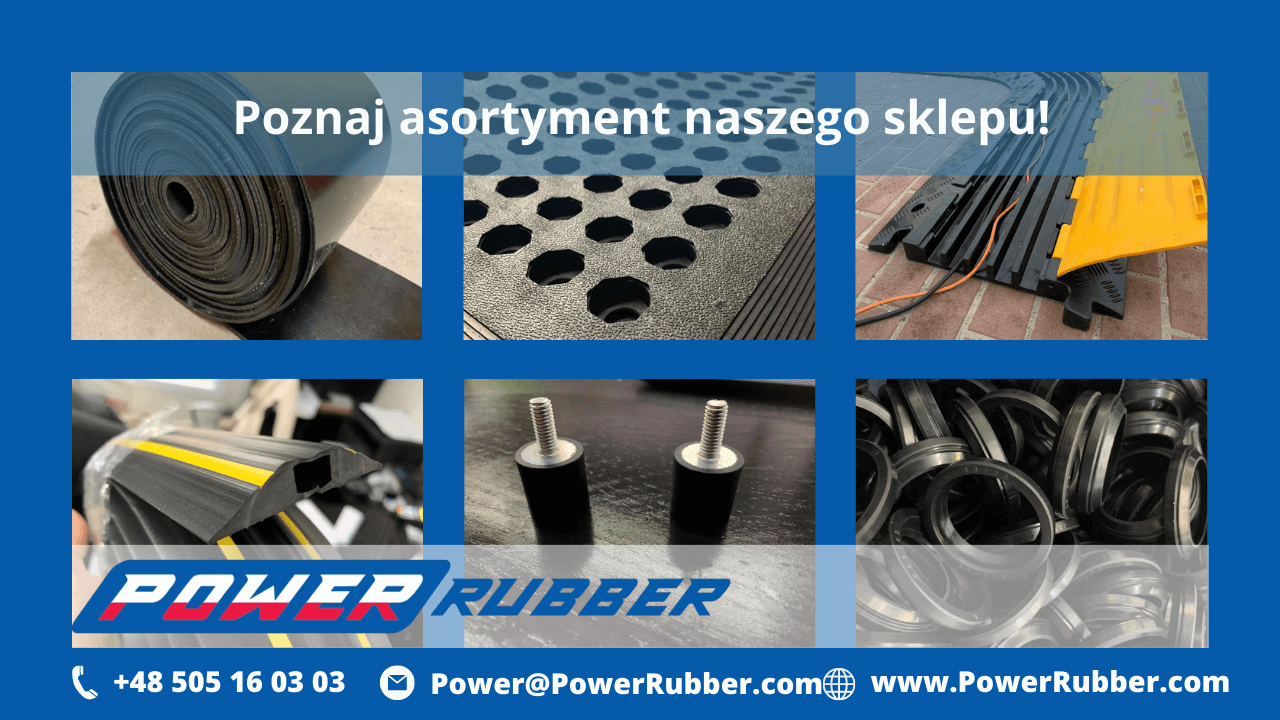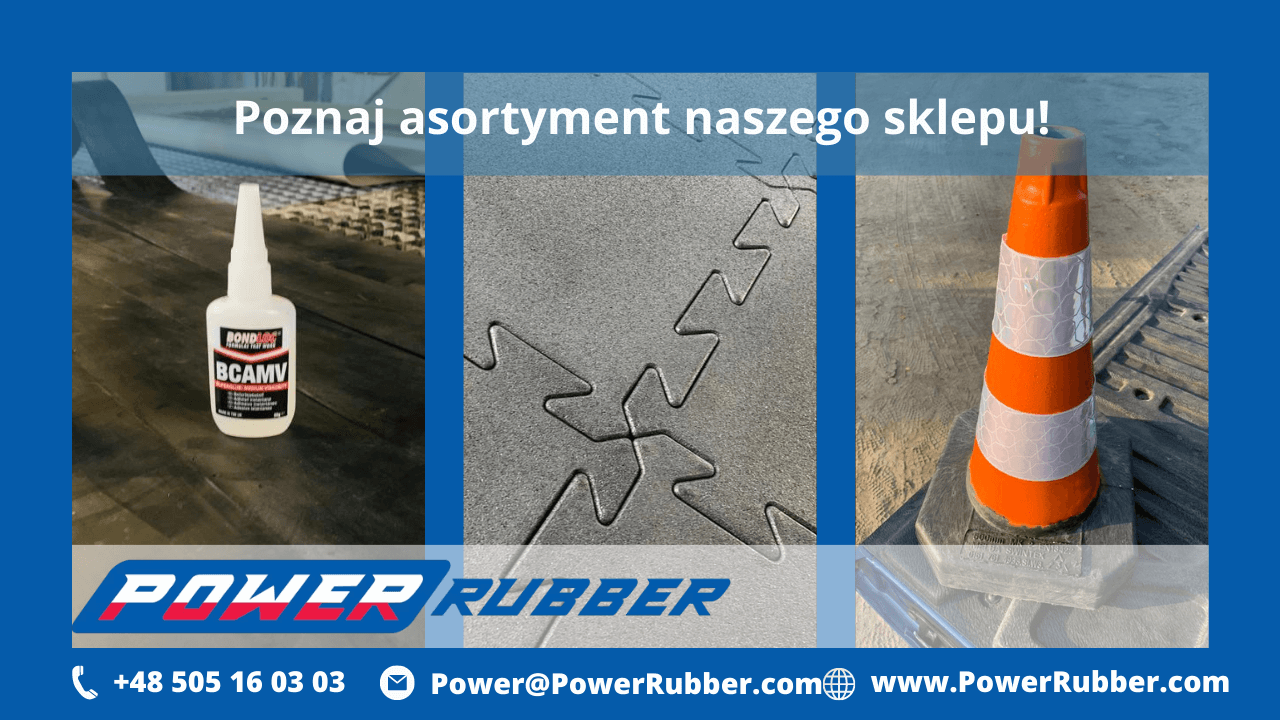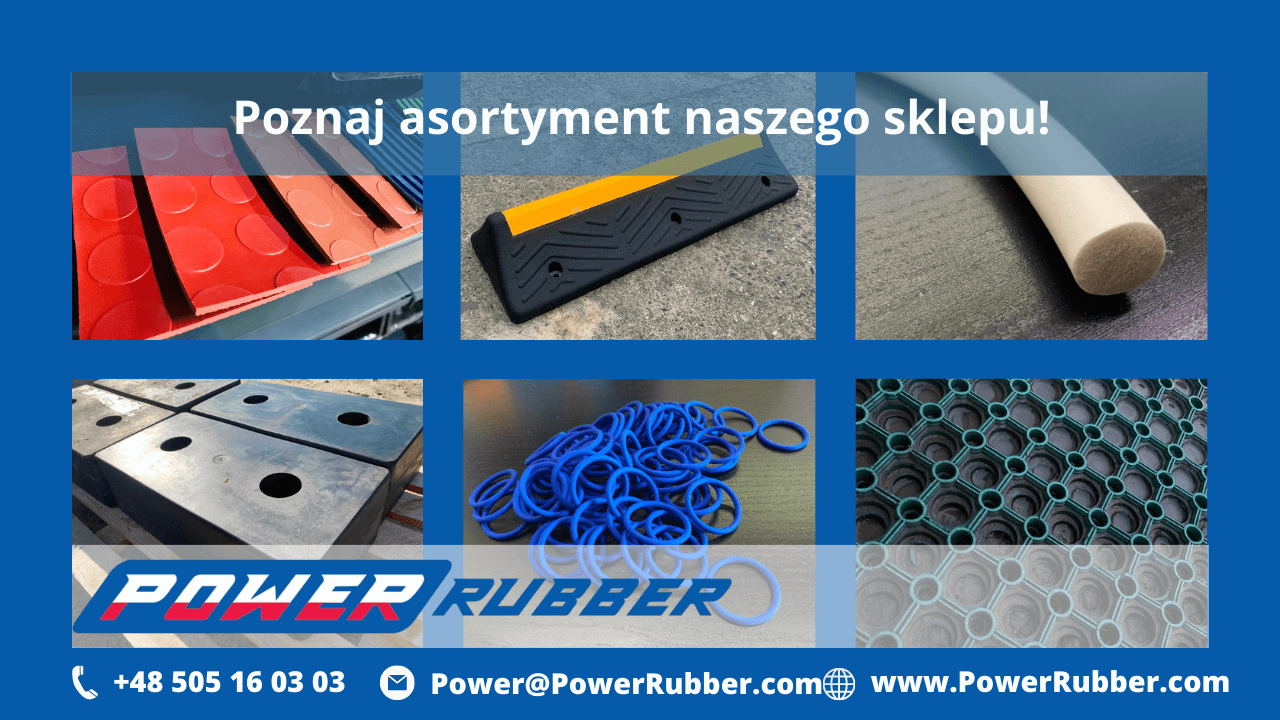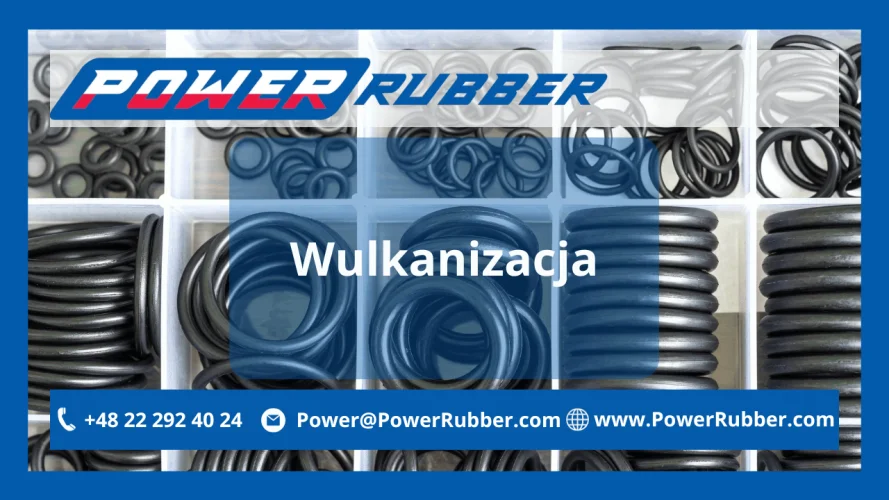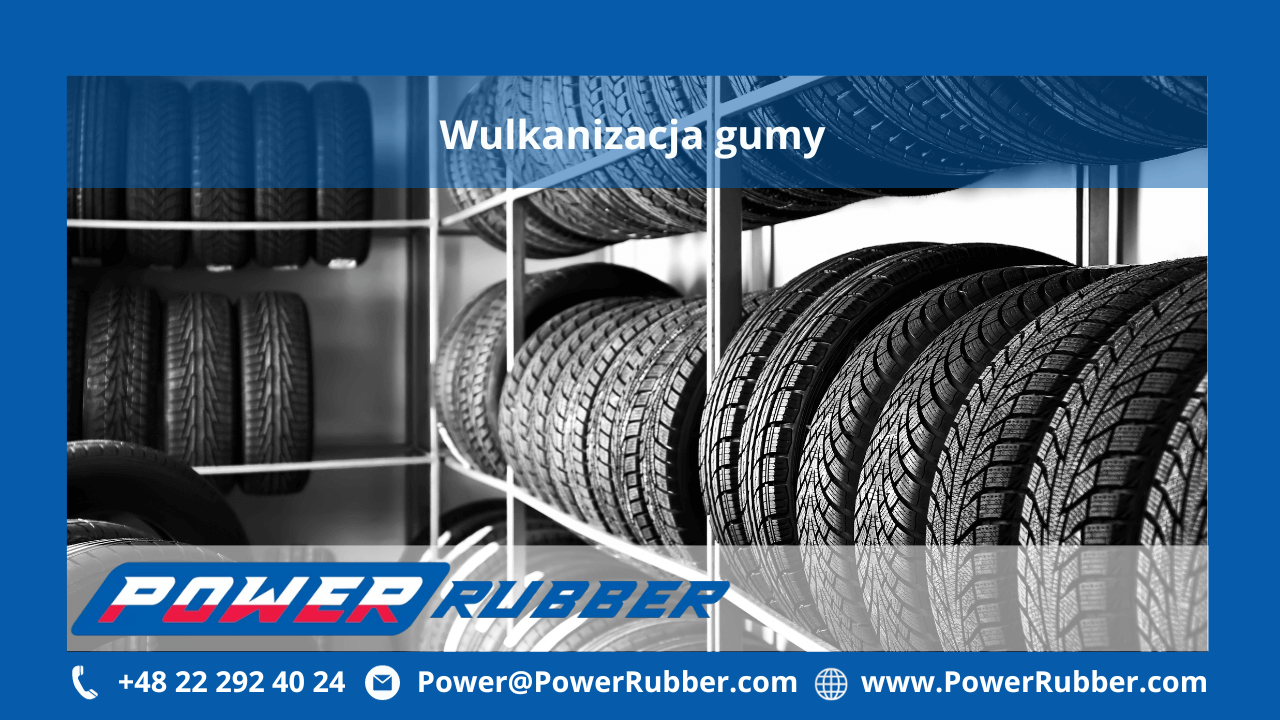Rubber Vulcanisation
Vulcanisation is a chemical process that cross-links rubber molecules with organic or inorganic substances under heat and pressure.
What is the vulcanisation process?
There are two types of rubber: natural and synthetic. Natural rubber is a flexible hydrocarbon polymer derived from latex, which is harvested from the rubber tree (Hevea Brasiliensis). Synthetic rubber, on the other hand, is a man-made polymer produced from petroleum by-products. It offers greater heat resistance and ageing durability than natural rubber. The market offers a wide range of synthetic rubbers with unique performance properties, such as resistance to long-term exposure to extreme temperatures. In the rubber manufacturing industry, synthetic polymers dominate, forming the base for many plastic and chemical products.
In its raw form, both natural and synthetic rubber are sticky, thermoplastic materials with low elasticity and tensile strength.
In 1893, Charles Goodyear accidentally discovered the vulcanisation process when he spilled a mixture of rubber, sulphur, and other compounds onto a hot stove. The rubber hardened into a durable material.
Vulcanisation is a technical process that transforms rubber into an elastic, durable material by heating it with chemical agents such as sulphur, accelerators, and activators (e.g., zinc oxide and stearic acid) at temperatures above 100°C for a set period.
Vulcanising Rubber with Sulphur
Sulphur is the most common vulcanising agent. When rubber is vulcanised with sulphur, it forms carbon-sulphur bonds between polymer chains. These bonds create a stable chemical network, significantly improving the rubber’s properties. The higher the cross-link density, the less elastic and more dimensionally stable the rubber becomes. To speed up the process, catalysts and initiators are often added.
The vulcanisation process allows rubber to take on specific shapes and improved properties. Key factors include pressure, temperature, curing time, and the method of vulcanisation.
The vulcanising agent is a crucial component in rubber curing. Besides sulphur, modern processes also use peroxides and metal oxides to achieve the desired properties in the final product. The main types of curing include sulphur vulcanisation, peroxide vulcanisation, and radiation curing.
Vulcanised rubber withstands greater pressure and mechanical stress. Additionally, elastic rubber components show enhanced durability and flexibility, reducing the risk of deformation, wear, or damage during stretching. Vulcanisation is also a fundamental step in rubber injection moulding.
Properties of Vulcanised Rubber
Vulcanisation is essential for manufacturing rubber products. This chemical process transforms natural rubber and elastomers into cross-linked polymers with a high molecular weight. During vulcanisation, cross-links form between polymer chains, creating a three-dimensional network. Controlling the curing process allows for the adjustment of cross-link density, directly affecting the rubber’s mechanical properties.
The physical properties of vulcanised rubber include:
-
Ability to return to original shape after deformation
-
Increased strength and pressure resistance
-
Greater elasticity
-
Higher tensile strength
-
Suitability for various shapes and sizes (e.g. seals, tyres)
-
Improved resistance to mechanical stress
-
Enhanced abrasion and heat resistance
-
High ozone and weather resistance
-
Chemical resistance
-
Reduced moisture absorption
-
Extended product lifespan
-
Better thermal stability thanks to sulphur
Common Applications of Vulcanised Rubber
Vulcanised rubber offers excellent flexibility and shape memory, making it suitable for many industrial applications. It is widely used in the automotive, construction, and hydraulic sectors.
Examples of vulcanised rubber products include:
-
Rubber hoses
-
Rubber connectors
-
Tyres
-
Inserts
-
Bushings
-
Rubber pads
-
Inner tubes
-
Shock absorbers
-
Moulded seals
-
Rubber valves
-
Conveyor belts
-
Belts and drive straps
-
Shoe soles
-
O-rings
-
Seals and gaskets
A reliable business partner in rubber manufacturing should offer expertise, industry knowledge, and proven experience.
At Power Rubber, we build on years of experience in designing and producing high-quality rubber components. We are committed to delivering the best solutions to our clients.
If you have any questions or need assistance, feel free to contact us at +48 22 292 40 24 or +48 50 516 03 03, via email at Power@PowerRubber.com, or through our contact form.
